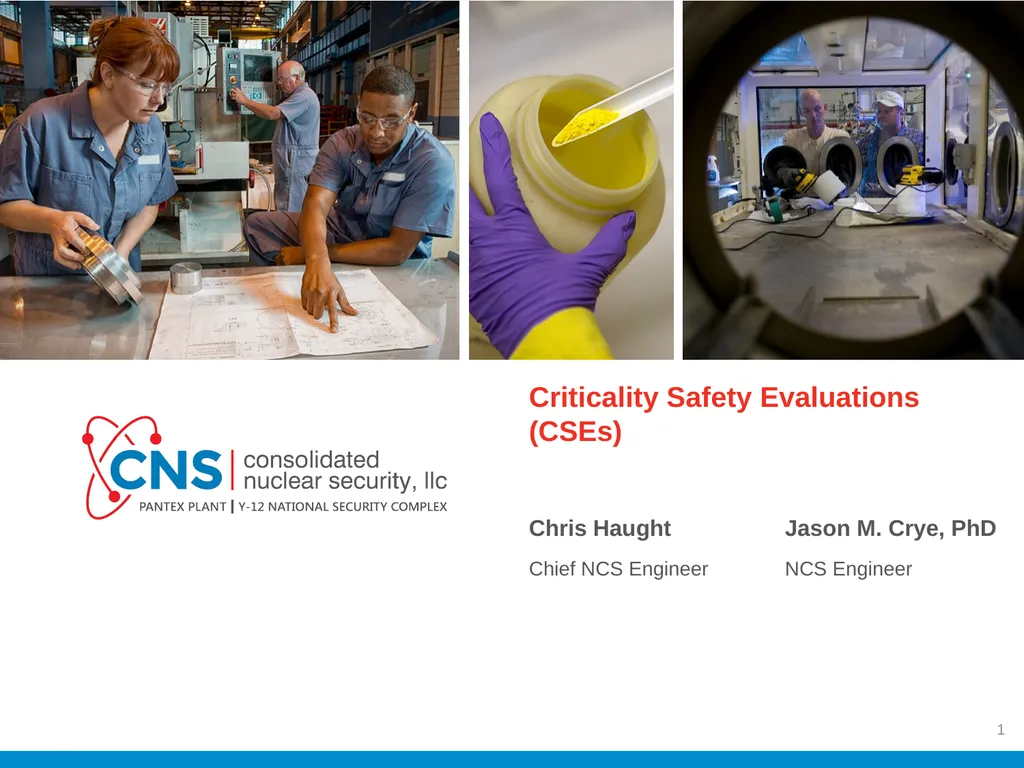
Criticality Safety Evaluations (CSEs) Jason M.
Author: tatyana-admore | Published: 2025-08-06
Description: Criticality Safety Evaluations (CSEs) Jason M. Crye, PhD NCS Engineer 1 Chris Haught Chief NCS Engineer Outline Purpose Safety Criteria Typical Steps Other Considerations 2 Purposes of Criticality Safety Evaluations To demonstrate that the
Download Presentation
Download the PPT/PDF: Download
Transcript:
Loading transcript…